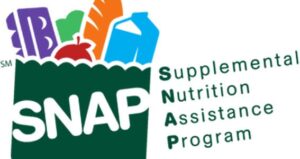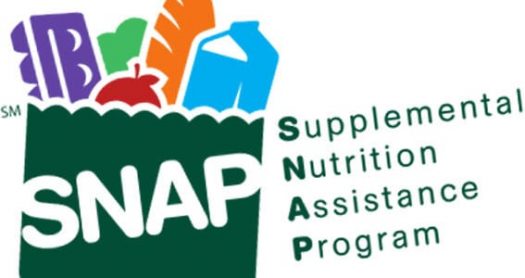If you’re like me, you may generally think of the military as an occupation that gives its employees a certain basic level of financial security. This isn’t to say that E1s are wealthy by any means, and we know that many families do get into debt and experience struggle. But typically, we probably think that service members and their families have a safe place to stay, adequate healthcare, and enough food to eat.
While this is thankfully true the majority of the time, the facts show that at least when it comes to food, this isn’t always the case. It is not common for servicemembers or their families to be food insecure, but it definitely does happen. While numbers can be hard to come by, here is some of the data that we do have:
- In 2013, nearly 23,000 members of the military used food stamps
- In 2015, 24 percent of children in U.S. DoDEA schools were eligible for free lunch, and 21% were eligible for reduced price lunch
- $84 million in food stamps were redeemed at military commissaries in 2014 (though not all were redeemed by active duty military)
- Approximately 1-2% of military families receive SNAP benefits (“food stamps”), compared to about 13% of the general population
Who is Eligible for SNAP?
 In order to be eligible for the Supplemental Nutrition Assistance Program (SNAP), aka “food stamps,” a family’s income must first be at or below 130% of the federal poverty line. This is based on the amount that the family earns and the number of people on the family, but as an example, the maximum gross monthly income to be eligible for SNAP in a household of two people is currently $1287. Note that for military members, BAH DOES count when determining eligibility for SNAP.
In order to be eligible for the Supplemental Nutrition Assistance Program (SNAP), aka “food stamps,” a family’s income must first be at or below 130% of the federal poverty line. This is based on the amount that the family earns and the number of people on the family, but as an example, the maximum gross monthly income to be eligible for SNAP in a household of two people is currently $1287. Note that for military members, BAH DOES count when determining eligibility for SNAP.
A family also cannot have many financial assets to be eligible for SNAP. The number is currently $2250, or $3500 for families with someone who is disabled or over age 60. This amount does not include a home that is owned, and usually does not include vehicles.
So, in order to be eligible, families must be low-income and without significant savings. This is a limited number of military families, but, for instance, young new recruits with children, especially more than one child, or higher-level members with many children may be eligible. Veterans and retirees definitely may also be eligible.
How Do You Apply?
In most states, you can apply for SNAP online, though you may have to go in to an office in person. After the initial eligibility test, you will have to complete an eligibility interview, either in person or over the phone. This will probably take about 30 days.
How Much Do Recipients Get?
This depends on the size of the family, the amount the family is earning, and a formula that is used that takes various family costs into account. On average, families receiving SNAP get about $125/person/month. The benefit can be used to buy almost all kinds of food (except food that will be eaten in the store or hot foods), but cannot be used to buy nonfood items, alcohol, or cigarettes.
FSSA
Some may have heard of a program called FSSA, or Family Subsistence Supplemental Allowance. This program was actually a supplemental income program for the military designed to ensure that income was not so low that service members qualified for SNAP. Few people took advantage of it and it has been discontinued. Read more here.
More on SNAP
More info on SNAP is available here.
References
Center for Budget and Policy Priorities. (2017). A Quick Guide to SNAP Eligibility and Benefits. Retrieved from https://www.cbpp.org/research/a-quick-guide-to-snap-eligibility-and-benefits
Liberto, J. (2014). Food stamp use among military rises again. Retrieved from http://money.cnn.com/2014/02/17/news/economy/military-food-stamps/
Military.com. (2016). Family Subsistence Supplemental Allowance Ending In September. Retrieved from https://www.military.com/benefits/2016/07/13/fssa-benefit-ending.html
USDA. (2018). Supplemental Nutrition Assistance Program (SNAP). Retrieved from https://www.fns.usda.gov/snap/eligible-food-items













